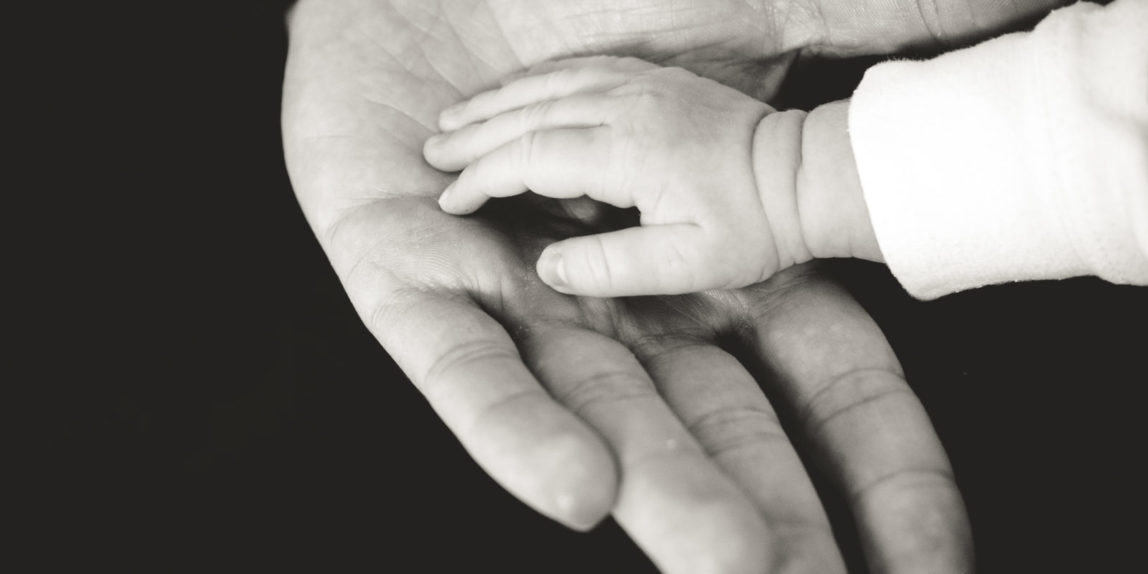Where do creative people get their inspiration from? Ted Hughes attributed it to fishing. JG Ballard thought it had more to do with whisky. We are not digging deep into the source of their bright ideas. Instead, we dwell on the big ideas that brightened up 2002.
And as Rance Crain, editor in chief, Advertising Age, puts it, “Your own marketing playbook is easier to implement if it’s simple and straightforward, and that includes the advertising. Campaigns don’t work if the experience consumers have with a brand doesn’t match what the ads promise.”
The upshot: come up with an idea that is either realistic or good on specifics. Case in point is Coca-Cola’s launch of its new ‘real’ campaign, remarked by some as a watershed moment in advertising history. “It’s the real thing,” a theme indelibly embedded in the minds of cola drinkers since it was first used in 1969, is the inspiration for the campaign. And this is what advertising is all about, say industry watchers: to reinforce and reaffirm ideas that already exist in the mind.
Forget about creativity. Forget about creating something new and different, say the wise ones. The only role for advertising is to act as a cheerleader for people who already have positive thoughts about your brand. And this is exactly what the new Coke campaign is doing.
That’s not all.
Bettering the best is yet another challenge.
Case in point is Fevicol.
Ever since Mister Carpenter reached up and plucked that unbreakable egg out of the basket, it’s been a continuous challenge creating new Fevicol commercials. So the ‘egg’ was followed by the ‘cliffhanger’ (‘pakde rehna, chhodna nahin’). Then came the lateral ‘shadow’ film, followed by ‘bus’. And not surprisingly, the ‘cliffhanger’ spot won a bronze Lion at Cannes in 2000 and ‘bus’ fetched a silver Lion in 2001.
And last year, the big idea only got bigger.
The ad opens in an ‘unreserved’ railway compartment. As the train moves along in train-like monotony, sleepy heads loll. You picture a typical, middle-class north Indian baraat (marriage party, with brass band in tow) occupying much of the compartment. And seated opposite a distinctly urban young woman reading a book are the bride and groom (the bride asleep on the groom’s shoulder). The groom stares at the woman for a while, before nodding off. Cut to the train at a station. The baraat disembarks, to be welcomed by an extended family of aunts, grand aunts and sundry relatives. Even as the groom is being showered with attention, his eyes seek out the woman on the train… now standing at the far end of the platform. Staring at him. And smiling coyly.
As the brass band picks up a few stray notes in the background, the woman motions with her hands, beckoning the groom to her side. The groom’s face lights up. The band breaks into a song, and he breaks into a run… A run that doesn’t take him one bit forward. A run as if on a treadmill, the legs moving furiously, body stuck in one place.
At first flummoxed, then frantic, the groom reaches out for the woman… desperate.
Suddenly, there is a jolt – and the groom opens his eyes and senses his wife on his shoulder, the dingy compartment, the rattling of the train. Trying to make sense of his shattered dream, he groggily looks around and notices that his head was lolling against a cardboard box. He peers at the box. ‘Fevicol. The Ultimate Adhesive’ it says. The penny drops. He looks across at the woman, who gives him a friendly smile. The groom quickly picks the box up, dumps it at a distance well away from his head, settles down, looks at the woman one more time and determinedly shuts his eyes…
A perfect example of stickiness that works on the mind. No longer stickiness in the physical sense: the hen that ate out of a Fevicol tub; a Fevicol tub perched atop a television set that helped an actor on television to hang on for dear life; a shadow stuck on a Fevicol-painted shutter… The upshot: Fevicol’s adhesive qualities work even in your dreams.
Now that’s a big idea.
And here are a few more.
WHAT WAS THE BIG IDEA IN 2002?
Client: MetLife India
Agency: Enterprise Nexus
Account supervisor Ajit Iyer: MetLife India (Indian affiliate of America’s largest life insurance company- MetLife) was launched at a time when the insurance category was being bombarded by advertisements from highly visible players. Sadly, not one of them chose to demystify life insurance as a concept. MetLife launch ad refreshingly talked about life insurance in a language that was easily understood. Until then, a life insurance policy had largely meant a ‘tax saving policy’ to most, instead of being taken for what it really was. The launch advertisement with the headline ‘ Read this ad carefully if you don’t have a life insurance policy. Even more so, if you have one,’ dispelled this notion. The informative body-copy went on to address how one ought to look at life insurance and why, including the subject matter in the follow-up ads such as ‘You’d give your life for your children. Why not insure it?’, ‘Why does anyone need life insurance? Well, why does a car need a spare tyre?’ , ‘How long will you support your wife? For as long as you live? Or for as long as she lives?’ , ‘Two perfect reasons to get life insurance.1.You’re young. 2.You’re healthy.’
On the whole the ad attempts to bring out the core brand values of MetLife: financial strength, knowledge, trust, caring and innovation. Use of long copy and the absence of logo are some of the interesting highlights of the ad. Snoopy was used for the first time in India as the MetLife India ambassador. The baseline ‘Get Met. It Pays’ promised the customer a win-win proposition.
Client: HP Inkjet Printers
Agency: Saatchi & Saatchi Direct
Creative team: Peter Hendricks, PV Bhaskaran Achari, T Gautham Shenoy: HP printers promise photo-realistic prints. So does every other self-respecting inkjet printer on the shelf. How do we say it, so we are ‘believed’ to be better? That was the creative challenge. We needed to change what people thought by changing how they felt. The solution wailed and gurgled its way into our consciousness. A baby-demanding mum can’t be denied nor deceived. The litmus test of photo-realism as well as a chubby latchkey that opens the doors to the ‘homeliness’ of HP printers. Very inventive.
Clients: Titan, Prestige, Encore
Agency: Ogilvy & Mather Advertising
Creative directors: Vidur Vohra, Manmohan Anchan: If someone tells you that creative people do great advertising, you’re being grossly misinformed. Clients make great advertising. No one can do anything with a client who doesn’t understand or believe in good work. Fortunately, we have our fair share of those who do. The ads featured here are representative of some of these clients. It’s not an exhaustive list of all the good stuff we managed to bring out in bad times, but we’re restricted by space and limited only to print.
Titan Edge: This was mainly a TV campaign (do you remember the thin lines guessing game films?). It was hugely successful and this, the print version, uses the same idea of slimness. It takes guts for a client to not show the technological marvel that he is advertising.
Titan Nebula: Hmmm… solid gold watches; so shouldn’t the advertising be about elegance and good taste and refined aesthetics? No. And did this work? Yes.
The complete works of William Shakespeare (abridged): This 97–minute spoof is a hilarious rendition of all of the bard’s work. The idea was to communicate that it’s short and funny. If you get it, you’re just the type of intelligent, witty, theatre buff this poster and two others like it are meant for.
Prestige St. John’s Wood: In a record of sorts, one ad sold all the apartments and we were denied the pleasure of releasing subsequent ads that showed a steadily reducing number of hot cakes. But wait a minute, no building picture?
Client: The Association of People with Disability
Agency: McCann-Erickson India
Creative director Jacob KJ: Here we are. Back to mine’s bigger time.
This year we celebrated McCann-Erickson’s centenary. By trying to do something for the community we live and work in. This resulted in a four-month long programme with children from schools all over Bangalore. Where they voiced their opinions on state of the city they stand to inherit. They painted, sang, wrote and sketched.
And all this became part of a multimedia campaign. Aimed at shaking awake Bangalore’s conscience.
At the end of it, we learnt three things. That Bangalore listens to its children. That the future of Bangalore is in safe hands. And that a really big idea makes you feel really warm inside.
(Published in City Reporter, 2003)

